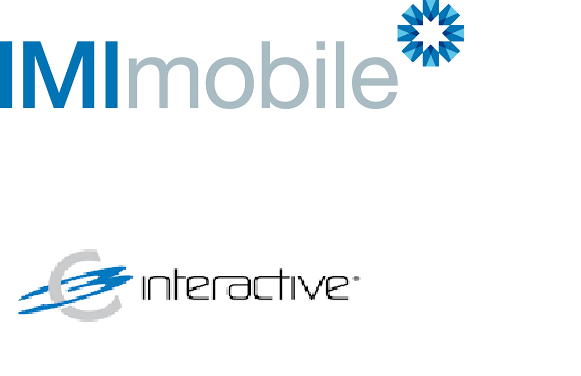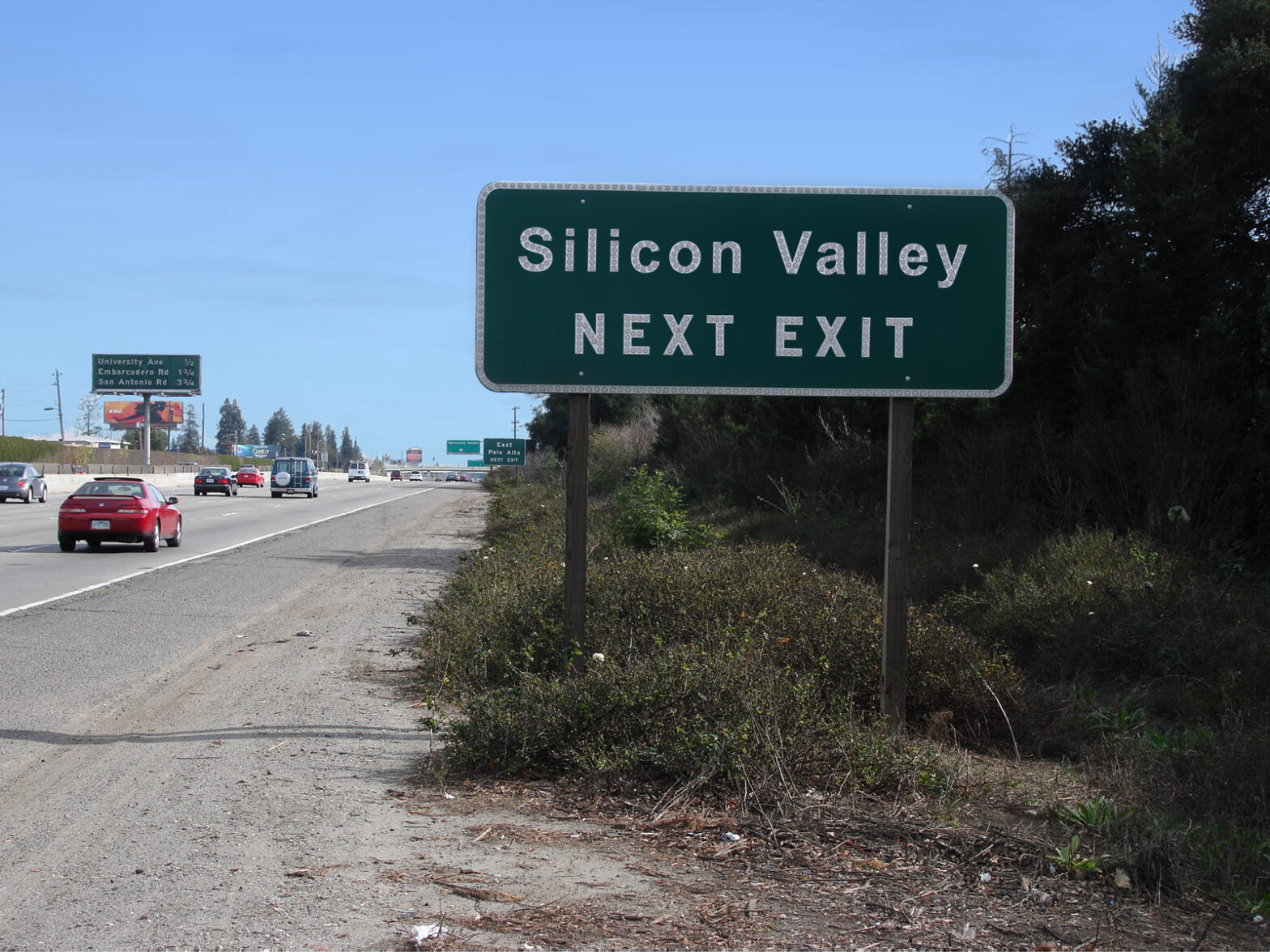11 September 2002 Semiconductor giant Intel has unveiled a mobile chip architecture called Banias that, it says, will enable lap-top computer users to roam seamlessly from one wireless network to another while dramatically reducing battery consumption.
The new design is significant because, for the first time, power management features are not limited to the chip, but extend to such PC functions as the front-side bus and a built-in gigabit Ethernet controller – typically handled on the chip-set, rather than built in to the microprocessor. These functions can be intelligently ‘powered-down’ when not in use, enabling the computer to save electricity and helping to extend battery life.
In this way, lap-top computers incorporating Banias will be able to run on one battery for almost six hours – a dramatic improvement on current mobile Pentium III and Pentium 4 chips. It will be available in lap-top computers during the first half of next year.
Banias was unveiled by Anand Chandrasekher, vice president and general manager of Intel’s mobile platforms group, on the second day of the Intel Developer Forum in San Jose, California. “Historically Intel has just focused on the CPU [central processing unit or microprocessor]. But the Banias CPU combines performance, battery life, connectivity and form factor,” said Chandrasekher.
Connectivity is provided by support for 802.11a and 802.11b wireless networking protocols, as well as Bluetooth, which will be built-in to the motherboard on a dedicated chip. This will be able to automatically seek out the strongest and most appropriate wireless networking signal and switch from one system to another seamlessly.
Whereas previous mobile Pentiums were little more than stripped down versions of the mainstream desk-top Pentiums, Banias has been built from the ground up and includes some architectural innovations which means that it can power down to less than one watt of power consumption when performing low intensity tasks.
Intel is also working with third party vendors to try and produce, on the one hand, longer life batteries and fuel cells and, on the other, more power efficient PC components such as disk drives and displays. Intel’s goal is to produce a lap-top computer capable of averaging eight hours of battery life.
The chip giant’s venture capital investment arm Intel Capital has made a number of investments in start-up companies around the world to try and realize these goals – a reflection of its increasing strategic importance to Intel. Chief technology officer Pat Gelsinger admits that Intel Capital’s investment activities are closely synchronized with the aims of his research and development organization in Intel.
The release of Banias also reflects the growing recognition within Intel of the importance of mobile computing in recent years. That includes development of the Xscale chip architecture, which is based on core chip designs licensed from Cambridge, England-based ARM Holdings.
At the show, Intel unveiled a number of thinner and lighter lap-tops based on Banias, as well as other mobile devices, including general packet radio service (GPRS) and third generation mobile phones built on Xscale designs and which have just been released by mobile operators in Japan.









